REVIEW – Dragon Age: The Veilguard is the quintessential Dragon Age epic: packed with intense battles and well-developed companions who stand by your side as you traverse new, unexplored lands in Thedas. However, its main problem is that it tries to grab too much at once—and in doing so, struggles to hold it all together. But is it enjoyable despite this? Let’s dive into that in this review…
Dragon Age: The Veilguard opens amidst a perilous ritual conducted by the Elven god Solas (aka The Dread Wolf), a ritual that threatens the entire world. Varric, a dwarf with an insatiable thirst for history, gathers an elite team to stop Solas, with the player character, Rook, at the helm. But Rook’s victory doesn’t come without consequences. While he manages to imprison Solas, the battle frees two other Elven gods from confinement. If left unchecked, these gods will unleash the deadly Blight, dooming every living being across Thedas. Rook must rely on Solas’ knowledge and his own skills to assemble a fearless squad of warriors, with a singular, daunting mission: to kill gods.
Overambitious Goals…
As I mentioned, Dragon Age: The Veilguard’s biggest challenge is that it tries to be everything all at once. It aims to be the grand finale that ties together all previous Dragon Age events, while simultaneously standing on its own as a Mass Effect 2-style heist-and-team-building game—which sometimes makes it feel a bit disjointed. There are numerous cameos and references, catering specifically to series veterans, rather than to fresh new characters. These emotional high points land especially well if you’ve played Dragon Age 2 and Inquisition. Yet, Rook and his team are entirely new characters, set apart from previous events, with their own, standalone story. Ultimately, it feels a bit like playing Mass Effect 3 but without Commander Shepard.
Another issue The Veilguard faces as a sequel is that it’s lost some of the series’ original edge. Within the team, everyone gets along famously; there’s barely any objection or conflict. As soon as a new character joins—be they a demon-possessed assassin or a charming necromancer—they fit seamlessly into the team dynamic, cooking meals and hanging out together as if it’s the most natural thing in the world. As a result, everyone feels a bit flat, since the only source of conflict comes from Rook’s own decisions and actions.
Similarly, the background of the world has been simplified, stepping back from the darkest political depths. While monsters, demons, and bloodshed are still abundant, some of the setting’s intriguing peculiarities feel toned down. Of course, that’s not necessarily a downside—after all, it’s probably better that every mage doesn’t risk exploding into blood magic at any given moment—but it does make the overall world feel somewhat more generic.
Fun Battles, But Where’s the Drama?
The Veilguard’s story is quite enjoyable in its own right. If you can accept everything at face value, it delivers a version of the Mass Effect 2 “suicide mission” formula. (And it does so quite closely, all the way down to final choices that lead to different endings, depending on how loyal you’ve kept your crew and the decisions you make during the climax.) Most characters are likable and fun to be around. My personal favorite was Emmrich—a Vincent Price-style necromancer professor with a shrieking skeleton butler. Nearly every member of the team has a unique personality trait, and it was a pleasure to follow their stories, though a bit more drama wouldn’t have hurt.
The weakest part may be the villains, who often come across as little more than cliché evildoers. They seem to lack any real motivation beyond “being evil.” The one standout is Solas, who serves as a Hannibal Lecter-type figure, trapped and only able to offer advice to Rook. Dialogues with him, as well as glimpses into his past, add much-needed depth and context to his character. He’s such a central figure to the story and the tone that it begs the question: why wasn’t the game called The Dread Wolf when he’s clearly the star?
Dragon Age: The Veilguard borrows heavily from the core structure of Mass Effect 2. Early on, you gain access to Solas’s personal Fade hideout, the “Lighthouse,” which serves as your central hub. Here, you can talk to your team members, and use a magical mirror to travel to various locations in the world, for missions or just exploration. Missions are mostly linear action sequences, but the areas between them allow for more variety, with hidden items and smaller puzzles to discover. You can return to the Lighthouse at any time to deepen relationships with your companions and learn more about their backstories.
Mass Effect Disguised as Dragon Age
The combat system in The Veilguard has undergone a major overhaul. Much like Mass Effect, it’s now a full-fledged, third-person action game with Rook at its core. The combat mechanics are entirely action-focused, so you’ll find all the familiar elements: precise dodges, masterful parries, flashy combos, and much more. In this game, you can’t build Rook as a tank or healer—he has to carry both the team’s offensive and defensive strength. However, you can pause the battle to target and activate specific abilities with precision. Rook can equip three abilities at once, and as you keep fighting, you’ll build up an “Ultimate” attack that delivers devastating damage.
Rook can choose between three main classes: mage, rogue, or warrior, each tailored specifically for combat, with unique sub-classes for specialization. For example, the mage can wield a staff for ranged attacks or an orb and dagger for a melee combat style. Mage specializations include the Deathcaller, who uses life-draining necromancy, the Evoker, who deals powerful area-of-effect damage, or the Spellblade, who focuses on melee skills over ranged spells. Each class has its own resource pool: the rogue builds momentum by attacking without taking damage and has a gradually replenishing supply of arrows, while the mage has a self-replenishing mana pool but can also charge arcane bombs and staff charges for special attacks.
You develop your character through the Skill Tree, spending points on upgrades, though you’ll need to prioritize certain paths. For instance, if you want to be a Spellblade, you’ll need to focus heavily on electricity skills and avoid necromancy spells. You can dip into fire spells for some added bonuses, but you’ll likely concentrate on one or two abilities plus core attacks. Your chosen skills significantly shape your playstyle, while your equipment and armor provide passive bonuses, allowing you to customize them to suit your strategy.
My personal choice was the Spellblade mage, focusing on arcane bomb skills. I stacked arcane marks with basic attacks, then detonated them for massive damage. Initially, I gathered skills to stack more bombs, increased bomb damage, added bombs to my abilities, reduced the marks required to detonate them, and so on. By the end, nearly every attack resulted in a small explosion. Alternatively, if I’d focused on fire, I could’ve set everything ablaze with every attack, layering in lightning effects or impacting enemies around my target. The game strongly rewards specialization, and most players will likely pick a specific skill or ability to max out.
Are Your Companions Just Background Characters?
You can bring two allies into battle, but they don’t have much real impact on the fight. They’ll fight alongside you, and you can assign them to specific targets, but they’re immune to damage and can’t be knocked out. Essentially, they’re there to distract enemies and occasionally dish out an attack or two. Each character has three skills you can activate from the menu, but all their abilities share a cooldown. For instance, Davrin the Grey Warden can provoke enemies to focus on him, send his griffon to strike a target, or briefly boost Rook’s power. Each ally can also use a primer skill (like weakness, sundered, or overwhelmed) that triggers a large area-of-effect explosion with heavy damage.
Companions play second fiddle in The Veilguard. The shared cooldowns mean a lot of their potential goes to waste. Combat theoretically encourages strategic use of primer skills, but in practice, having all abilities on the same cooldown drastically reduces their effectiveness. Why use two cooldowns on a detonation move when you can use the same to make Rook temporarily invincible and cause even more damage? The entire battle system is centered around Rook, so boosting a companion’s damage feels less beneficial than letting Rook become a one-man army.
This setup works from a gameplay perspective, but it strips the characters of their unique personalities in battle. Most abilities feel generic, with several characters sharing similar skills, and though these can be upgraded, the differences are minor. (One character’s Time Stop spell may deal ice damage, while another’s deals necrotic damage.) The necromancer can’t summon zombies, the assassin doesn’t feel like an assassin, and the stone-controlling dwarf can’t actually manipulate stone in battle—they’re basically a set of interchangeable abilities with a few quirky lines. Each character can activate specific items throughout the world, but once they join your team, Rook gains that ability too, diminishing their uniqueness.
Mass Effect: Dragon Age
While this approach works well in the game, it gives The Veilguard a distinctly Mass Effect flavor rather than the classic Dragon Age feel. You play primarily as Rook, a DPS warrior at the head of a support team. If you’ve enjoyed sneaky or supportive roles in past titles, you might be disappointed that these playstyles are absent from The Veilguard. There aren’t many non-combat skills, and the game is almost entirely combat-focused, with only a handful of dialogue options. While this works for what it is, it lacks the non-combat depth found in other modern CRPGs.
Ultimately, though, The Veilguard feels more like Mass Effect: Dragon Age. I love Mass Effect, but this feels like a streamlined direction for the franchise. That said, I had a lot of fun with the game. It’s consistently engaging, packed with thrilling scenes and entertaining dialogue. The choices you make bring genuine tension and drama, and more than once, I questioned if I’d made the right decision and wondered about its impact on the ending. The final scenes especially capture that “everyone you helped is now here to help you” feeling, which Mass Effect 3 didn’t quite deliver. By the end of the game (about 85 hours in), I walked away with a pretty positive impression.
The one area where I wasn’t fully satisfied was the visuals. The Veilguard attempts to combine a comic-book art style with BioWare’s usual realistic graphics, but it doesn’t quite work. Some environments and enemy designs look great, but a few character models feel off—not quite realistic, not fully stylized. I’d have preferred if they committed to one direction. The voice acting and soundtrack, however, are excellent. I’ve come to expect great voice work from BioWare, but the soundtrack might be their best yet, featuring a wealth of fantastic tunes that perfectly set the mood.
Close to What I Wanted, But Not Quite
Dragon Age: The Veilguard is both the game I wanted and not quite what I expected. It’s a rollicking, action-packed story where you battle monsters, save lives, and lead a determined team of adventurers through impossible challenges. At the same time, it feels more like Mass Effect than Dragon Age, and since The Veilguard serves as a narrative climax, it might be a tough starting point for newcomers. Putting aside my expectations, though, it’s a highly enjoyable action RPG that stands well on its own.
-Herpai Gergely „BadSector-
Pros:
+ Vibrant, action-packed story
+ Fun and likeable characters
+ Excellent background music
Cons:
– Too Mass Effect<
– Little real character drama
– Poorly developed opponents
Publisher: Electronic Arts
Developer: BioWare
Style: RPG
Release: October 31, 2024.
Dragon Age: The Veilguard
Gameplay - 8.1
Graphics - 7.7
Story - 8.1
Music/Audio - 8.5
Ambience - 8.2
8.1
EXCELLENT
Dragon Age: The Veilguard is a fast-paced and entertaining RPG, delivering a high-energy story with lovable characters. While it trades the usual Dragon Age vibe for a more Mass Effect-style team-building adventure, it’s undeniably enjoyable. The visuals may be hit-or-miss, but the stellar voice acting and soundtrack more than make up for anything that could’ve been done differently.

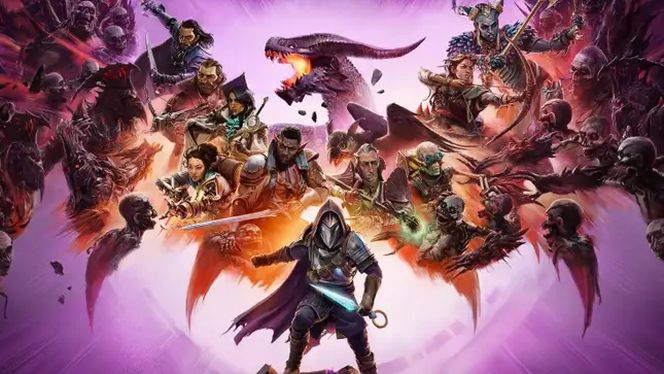
![Dragon Age: The Veilguard - megjelenési dátum mellé nagyon baráti rendszerigények! [VIDEO]](https://thegeek.hu/wp-content/uploads/sites/2/2024/08/theGeek-Dragon-Age-The-Veilgard.jpg)
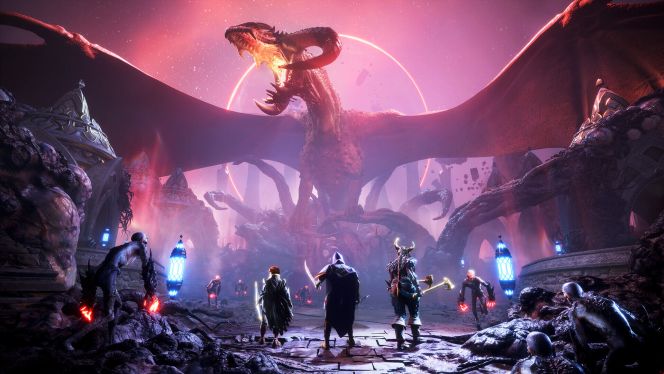
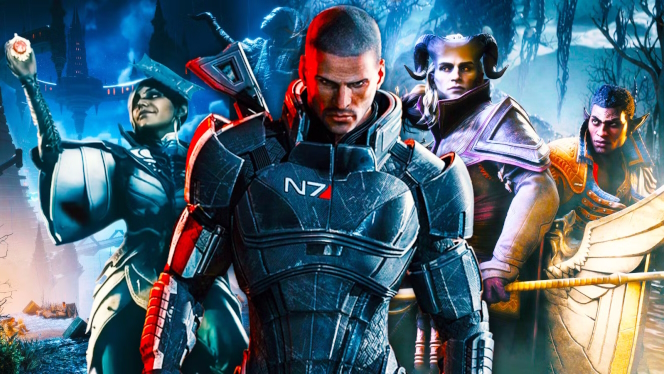
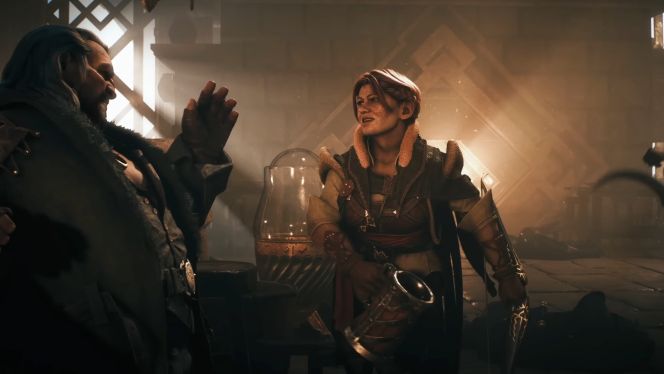
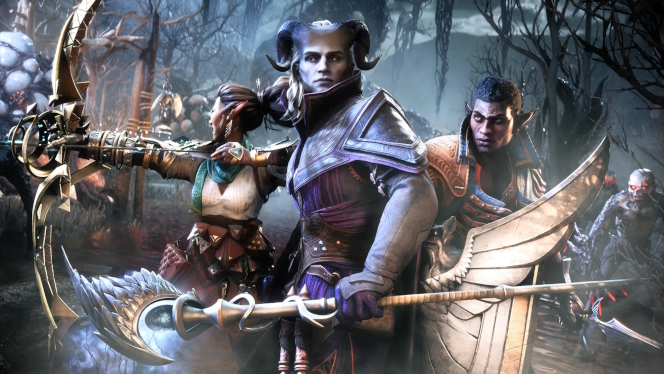
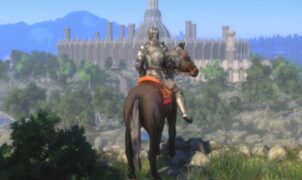




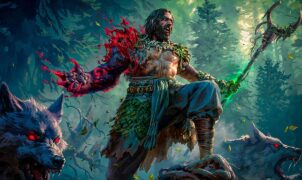


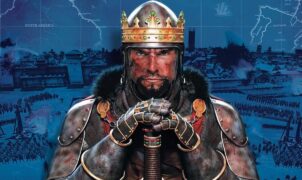
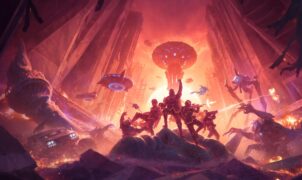
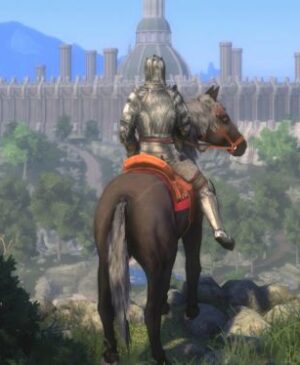



Leave a Reply